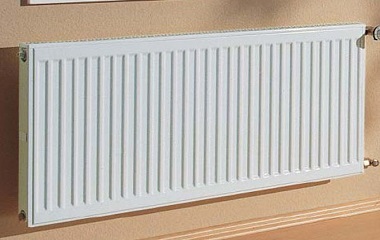Steel radiators are commonly used heating devices in households that require long-term use. The longer the lifespan, the better. Steel radiators are increasingly chosen by users due to their large water capacity, good heat dissipation performance, elegant appearance, and cost-effectiveness. 
Steel Radiators How long can steel radiators last? The quality of the radiator itself is crucial. Currently, many small workshops in the market prioritize short-term profits. In the case of outdated production equipment and processes, they produce a batch of radiators with significant quality assurance difficulties. Some even sell second-hand radiators after minor modifications. These radiator products often fail to guarantee basic safety and heat dissipation functionality, let alone lifespan. Therefore, it is recommended for consumers to choose steel radiators from large enterprises and well-known brands, as this provides better quality assurance and after-sales service. The lifespan of radiators is closely related not only to the materials used but also to the water quality used for heating. Radiators are more prone to corrosion in complex water conditions. Of course, it is also closely related to centralized heating or home heating systems. If the local water quality is poor, it is not entirely helpless. It is advisable to choose radiators with strong internal corrosion resistance, which can greatly extend the lifespan of the radiators. After heating, it is necessary to adequately maintain the steel radiators with water to prevent excessive oxidation caused by oxygen. However, many people overlook this issue or fail to perform regular warm water maintenance, thus shortening the lifespan of the steel radiators. Ideal Position for Radiator Installation: Lower is Better than Higher Radiator manufacturers utilize the principle of utilizing heated air. They first heat the surrounding air, causing it to rise. The rising warm air is then replaced by cooler surrounding air, thus circulating and heating the room. Based on the principle of warm air rising and cool air sinking, the higher the radiator is installed, the greater the heat loss. Therefore, it is best to install the radiator below the window, as this positions the radiator closer to the floor. This not only enhances air convection but also ensures that the radiator does not obstruct the overall interior decoration style, as furniture and decorative items are usually not placed directly under windows. On the contrary, modern radiators, such as steel radiators, are mostly stylish and aesthetically pleasing. They come in attractive colors and can even serve as decorative elements, enhancing the overall visual appeal of the indoor environment.
|

